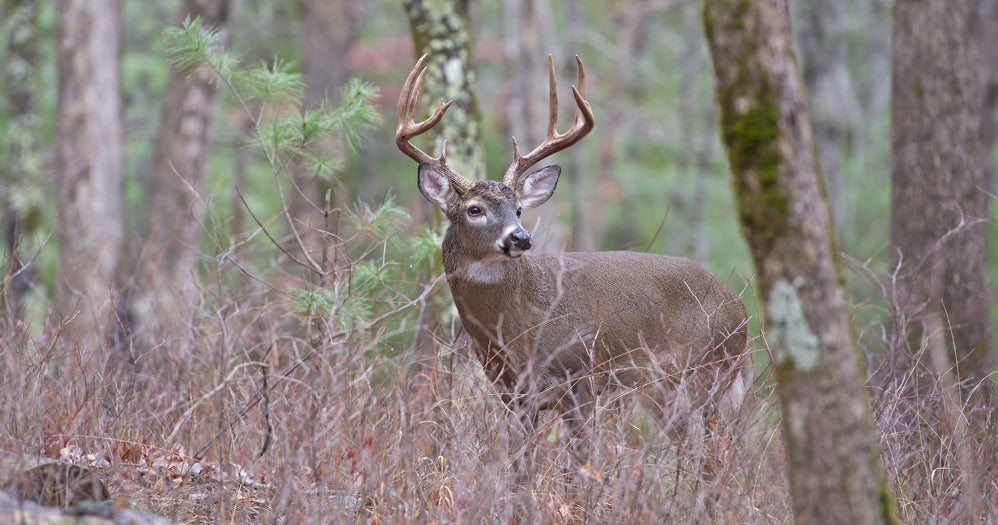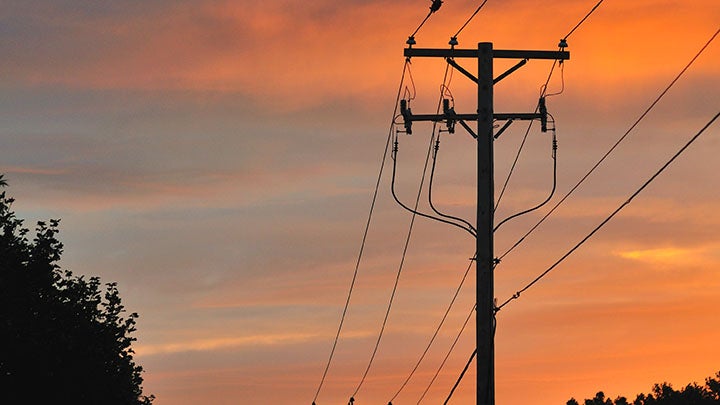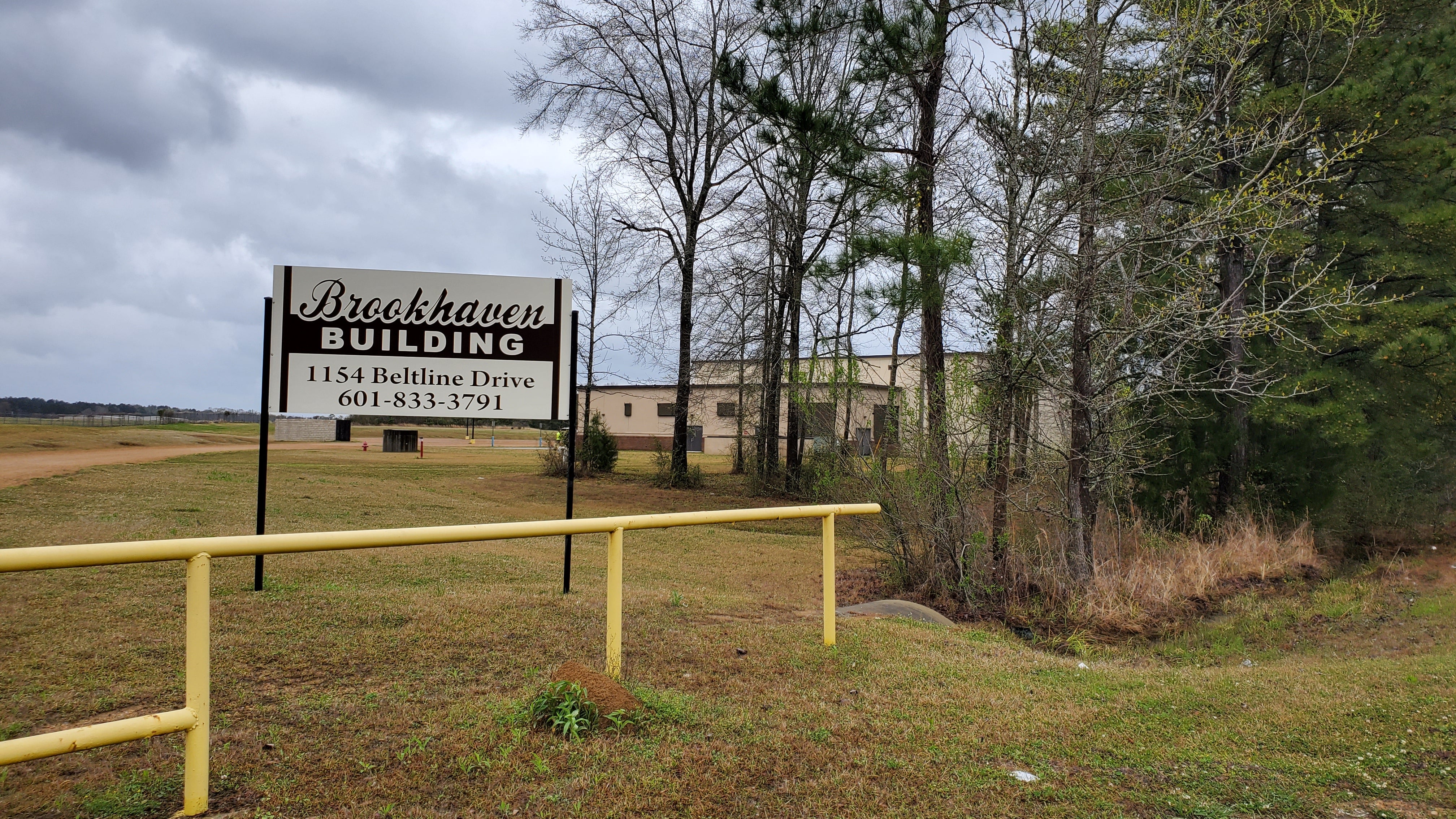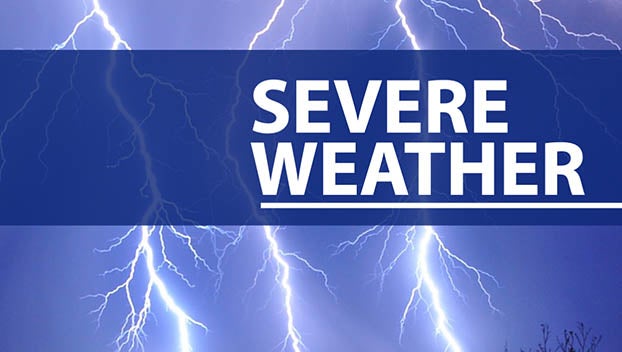New captive deer CWD detections ‘concerning,’ in Louisiana
Published 12:41 pm Monday, January 6, 2025
BATON ROUGE — Three new Chronic Wasting Disease positives have been detected in captive deer facilities in three new Louisiana parishes. The Louisiana Department of Agriculture confirmed they detected the positives after investigating movement records following a CWD positive detected in a Jeff Davis Parish facility in November.
The United States Geological Survey published a map of CWD distribution on December 30 showing the new positives in captive facilities.
LDAF stated in a press release they detected CWD positives in captive deer facilities in St. Landry, Concordia and Tangipahoa Parishes. The facilities are participants in the state deer program and have been issued a quarantine restricting movement into our out of the facilities.
Louisiana Department of Wildlife and Fisheries Deer Program Manager Johnathan Bordelon said the news was very concerning.
“While the disease has only been detected within the facilities in the four parishes listed, the potential spillover into the wild is a possibility,” Bordelon said. “Continued testing of all trace out facilities is needed. Quick detection and immediate mitigation may help prevent spread into the wild population. Time is of the essence.”
Chronic Wasting Disease is a 100 percent always fatal disease caused by an infectious prion. Healthy deer can contract CWD from direct contact with a positive deer or indirect contact with CWD prions in the environment. CWD prions are most often shed through bodily fluids and can persist in the environment.
Back in December 2024, Louisiana Department of Wildlife and Fisheries asked for hunters to increase surveillance efforts in 10 parishes with connection to the Jeff Davis Parish. Concordia, St. Landry and Tagnipahoa Parishes were three of those.
Bordelon stated continued surveillance in those parishes is planned. He said the LDWF first learned of the CWD positives on Dec. 30, 2024.
“The locations are particularly concerning due to the number of free-ranging deer in those parishes,” Bordelon said.
He stated there have not been any positive detections found in wild deer in the 10 parishes connected with the Jeff Davis Captive Facility Positive. Bordelon added future surveillance goals will reflect risk of CWD in parishes. LDAF did not provide any information identifying where the captive deer pens are nor how many facilities were in each parish.
“LDWF does rely heavily on hunter harvested deer for samples. All samples are submitted voluntarily,” Bordelon said. “In addition, LDWF does respond to any deer displaying symptoms of the disease. Hunters can assist in disease surveillance by submitting deer heads with a few inches of neck attached to the nearest LDWF field office. The public can greatly assist with targeted surveillance by reporting deer displaying symptoms of the disease.”
The symptoms associated with CWD include changes in behavior, loss of coordination and balance, emaciation, excessive salivation, loss of appetite and drooping ears. Of Louisiana’s positives, a third have been symptomatic. Anyone who observes symptomatic deer are asked to contact their nearest LDWF Field Office.
Hunters in southwest Mississippi can submit CWD samples to help survey for the disease. Visit MDWFP.com to find CWD sample cooler locations and participating taxidermists near you to help fight against CWD.
Check back for more updates on CWD.






